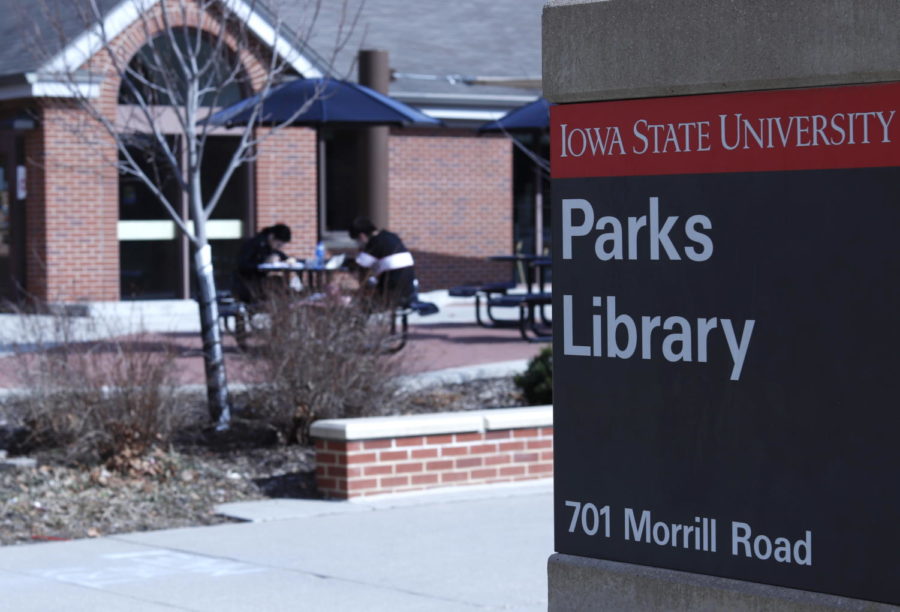Parks Library is making diversity and inclusion a top priority
March 5, 2021
Iowa State is constantly striving for a more inclusive and diverse community, and according to Susan Vega Garcia at the Iowa State Conference On Race and Ethnicity (ISCORE), there is no place on campus striving harder than the staff and faculty at Parks Library.
Vega Garcia is the assistant dean of equity and inclusion at the library. In addition, she is the subject librarian for race, gender and ethnic studies. She has worked at the library since 2018 as an associate professor and has already taken many steps in training staff in diversity and inclusion.
Vega Garcia began by describing how the field of librarianship is mostly white. About 87 percent of total librarians are white, as well as 71 percent of academic librarians on university campuses. Here at Iowa State, that number is up to 79 percent.
“There is a growing racial and demographic gap between the library staff and the communities they serve,” Vega Garcia said.
Because of this, and by the very nature of the library being designed with whiteness in mind, the library staff needs to be constantly vigilant.
“When we design the spaces with whiteness in mind, we cannot truly be inclusive,” Vega Garcia stated. “To truly be inclusive, we need constant action.”
The need for constant action has brought Vega Garcia to lead the charge for diversity training amongst library staff. Over the years, this training has manifested itself in a variety of ways. It started with in-person speakers and moved online because of the pandemic.
During the in-person talks, all staff members would have to do is sit and listen as well as ask any questions they deemed appropriate. At the end of each session, there would be an anonymous survey sent out to staff in order to evaluate what they learned. Across the board, staff reported learning something new.
In addition to these talks, the library staff was invited to participate in book discussion groups. The group would choose one book within the topic of diversity and inclusion, take four to six weeks to read and then have a large group discussion about the topic and what they learned from the reading.
Because of the training, library staff started to discuss these topics much more openly both amongst themselves and with patrons as well. Vega Garcia is proud of this development and how far the library has come. However, she recognizes that because true inclusion requires constant vigilance, there is still work to do.
An area in which Vega Garcia hopes to improve in the future is the disproportionate amount of university archives from white individuals, as well as the number of diversity and inclusion books in normal circulation. She hopes to one day proportionately show the achievements of Black, Indigenous and people of color that have passed through the university.
“We’re proud of where we are,” Vega Garcia said, “but we also know where we’re going and that there is so much work to be done.”







